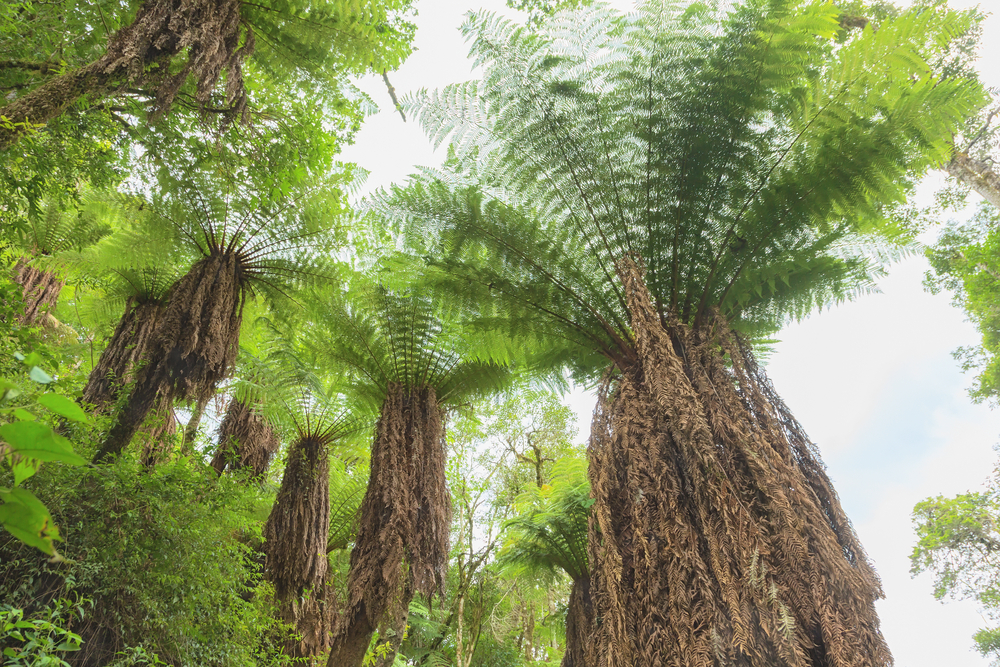Isiboro Sécure Overview
Isiboro Sécure National Park and Indigenous Territory, known locally as Parque Nacional y Territorio Indígena Isiboro Sécure (TIPNIS), is a vast protected area located in central Bolivia. The park spans approximately 5,858 square miles (15,197 square kilometers) and lies between the Beni and Cochabamba departments.
It is one of Bolivia’s most ecologically diverse regions, straddling the Amazon Basin and the foothills of the Andes. The park’s varied topography ranges from lowland tropical rainforests and riverine floodplains to montane forests and cloud-covered ridges, making it an essential habitat for a wide range of species.
The terrain of Isiboro Sécure is characterized by lush vegetation, winding rivers, and dense forests. The Isiboro and Sécure Rivers, which flow through the park, provide crucial waterways that support both the wildlife and the indigenous communities residing in the area.
The park’s lower elevations are covered in Amazonian rainforest, where towering ceiba and mahogany trees create a dense canopy, while the higher altitudes transition into humid montane forests with moss-draped trees and an abundance of orchids and bromeliads. The park is also home to extensive wetlands and seasonally flooded savannas, adding to its ecological complexity.
Wildlife in Isiboro Sécure is exceptionally rich, with numerous iconic Amazonian and Andean species inhabiting the park. Mammals such as jaguars, pumas, and ocelots roam the dense forests, while giant otters and capybaras are frequently seen along the rivers.
The park is also home to diverse primates, including black-capped capuchins, howler monkeys, and titi monkeys. Birdlife is particularly abundant, with more than 800 recorded species, including harpy eagles, macaws, toucans, and the striking Andean cock-of-the-rock. Reptiles such as caimans and anacondas inhabit the park’s waterways, while amphibians thrive in the humid forest floor.
One of the park’s most distinctive features is its dual status as both a national park and an indigenous territory. It is home to several indigenous groups, including the Tsimané, Yuracaré, and Moxeño-Trinitario peoples, who have lived in harmony with the forest for centuries.
These communities rely on the park’s natural resources for sustenance and cultural practices, making it a unique example of conservation and indigenous stewardship.
Visitors to Isiboro Sécure can experience its biodiversity and cultural richness through activities such as guided jungle treks, birdwatching, and river expeditions. Canoe trips along the Isiboro and Sécure Rivers offer a chance to spot aquatic wildlife and experience the tranquil beauty of the park’s waterways. Cultural tourism is also growing, with opportunities to visit indigenous communities and learn about their traditional lifestyles, crafts, and sustainable practices.
Despite its ecological and cultural importance, Isiboro Sécure faces significant conservation challenges. Illegal logging, agricultural expansion, and infrastructure projects, particularly road construction, threaten its integrity.
The proposed highway through TIPNIS has sparked controversy, as it poses a risk to both the environment and the indigenous communities. However, conservation efforts by environmental groups and indigenous organizations have played a crucial role in raising awareness and advocating for the park’s protection. The region’s biodiversity and cultural heritage make it a critical area for conservation initiatives aimed at balancing development with sustainability.













































































